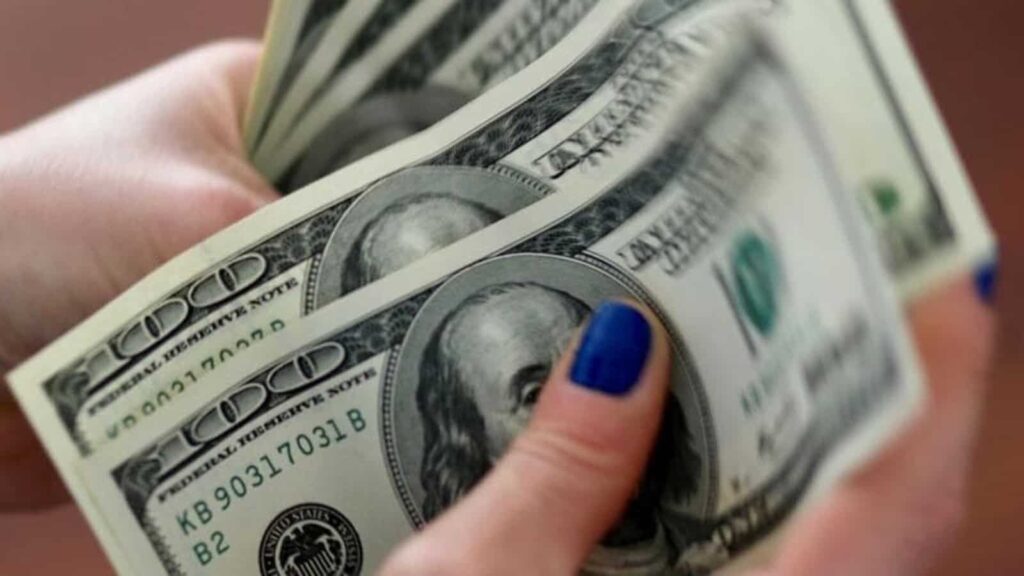Last week ended with the United States (US) Federal Reserve raising interest rates by 25 basis points once again, taking the cumulative rate increase to 4.75 percentage points in the current cycle. Had the latest federal open market committee meeting not been preceded by two bank failures and the possibility of a crisis in many others, the rate hike would have been a given and widely accepted. But the crisis in mid- and small-sized banks in the US and the bailouts they received — notwithstanding their erstwhile not-strategically-important description — have raised a question mark on the rationale of inflation targeting.
While Left-leaning economists have always questioned the benefits of inflation targeting via rising interest rates (and killing demand), mainstream macroeconomics has seen it as a necessary, even if painful, way to keep the economy from going off the rails. This kind of a textbook argument does not account for situations when financial institutions (such as Silicon Valley Bank) start going belly up because they did not account for potential losses in case the value of their assets (bond prices) crashed after a big rate hike. Not rescuing these institutions carries the risk of possible contagion, leading to a sharp recession in the economy, which is more than what even the votaries of demand deflation to contain inflation are willing to accept. Bailing out banks by pumping in liquidity defeats the very purpose of monetary tightening by raising interest rates. As is obvious from the growing debate on the issue, there are no easy choices here.
To be sure, none of this is being experienced for the first time. But the gaps between economic theory and reality are only evident during periods of acute crisis and forgotten when things return to normal, as they always do. There is another set of commentators that believes that the root cause of the current crisis in the US, and even global economy, is the inflationary stimulus which was unleashed by advanced countries, including the US, during the pandemic. Theoretically speaking, they might have a point, but no stimulus during the pandemic would have meant a sharp decline, perhaps a crisis, for the lives of the people who were affected by the pandemic’s economic shock. Therein lies another lesson for economists. Their wisdom can only be made applicable if it is politically palatable. As India begins another financial year next week, likely with a rate increase on the cards, these are important lessons for policy planners to ponder.
Enjoy unlimited digital access with HT Premium
Subscribe Now to continue reading


